The Woman Behind the Lens: Meet White House Photographer Shealah Craighead
One year into Donald Trump's presidency, his photographer reflects on her journey to 1600 Pennsylvania Avenue—and what she hopes to capture now that she's there.

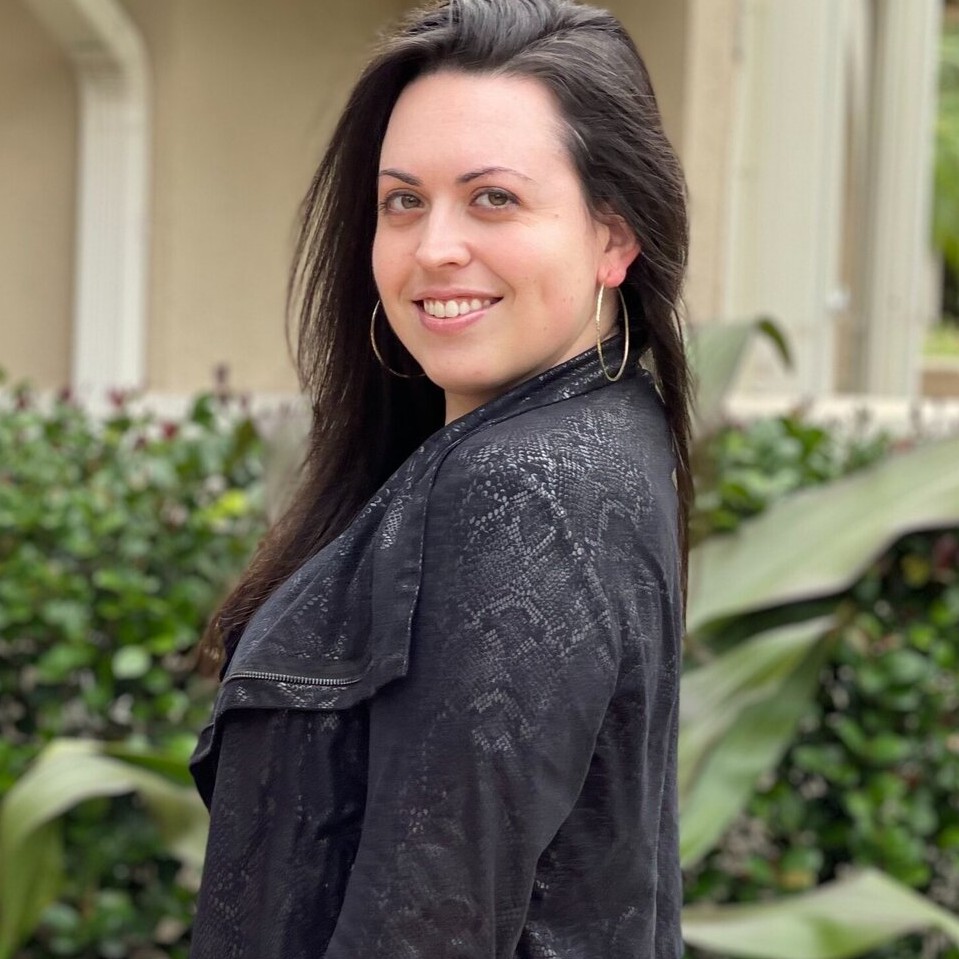
"I'm not here for policy change. I’m here to document history.” Chief Official White House Photographer Shealah Craighead is indeed documenting one of the most untraditional, controversial administrations in presidential history. And while you might expect politics to color everything that goes on in the White House, it was never about politics for Craighead. It still isn’t.
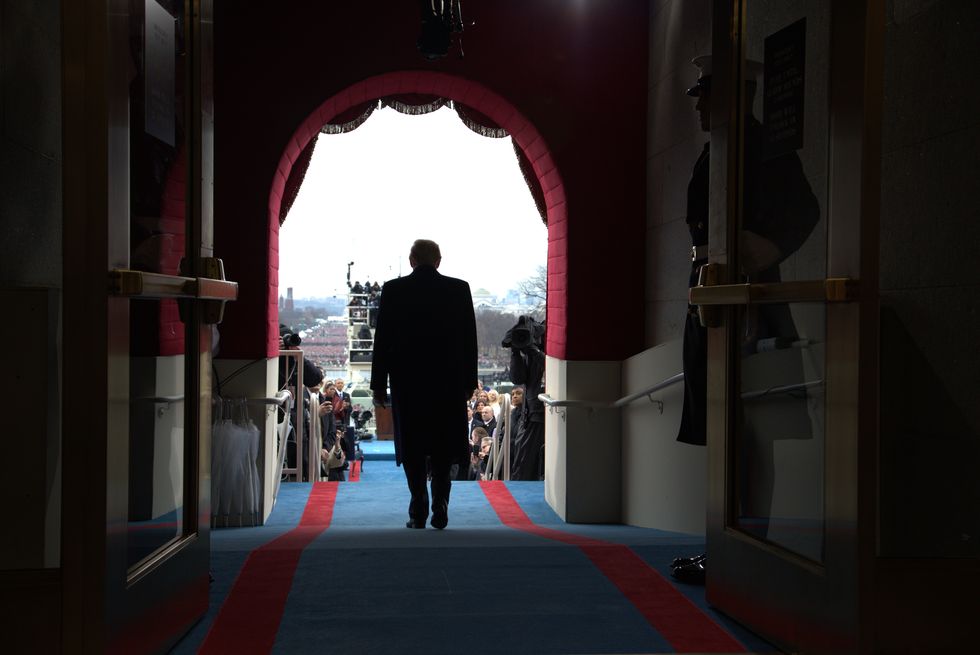
President Trump walks out from the U.S. Capitol to the Inauguration platform, Jan. 20, 2017, to be sworn-in as the 45th President of the United States.
With three administrations and two campaign trails under her belt, Craighead, 41, isn’t new to the political photography world. You can’t be when you receive a phone call from former White House Press Secretary Sean Spicer four days before the 2017 presidential inauguration asking if you'll capture the historical event. “It took me about three seconds to say, 'Absolutely, where and when?'” says Craighead. “I spent the next day wrapping up the job I'd just finished, and the day after that trying to truly grasp what it meant to photograph the inauguration.”
Spicer was familiar with Craighead's work—they were both staffers in the Bush 43 administration. (She photographed former first lady Laura Bush after briefly working under former Vice President Dick Cheney. Later she captured the 2008 campaign trail with former Alaska Governor Sarah Palin and in 2016 with Florida Senator Marco Rubio.) She met with President Trump for a “break-in period” shortly after the inauguration. Then, it was only a matter of days before Craighead found herself in the White House leading a team of 13 photographers, editors, and archivists—just the second female chief photographer in White House history.
I was never really interested in politics—I always felt so far removed from it.
Despite her close relationships with some of the biggest names in politics (she even photographed Jenna Bush Hager’s wedding in 2008), Craighead has kept an incredibly low profile compared to her predecessor, Pete Souza. Instead, she prefers to let the power of her photographs speak for themselves. In her first-ever interview with a women’s magazine, Craighead gives MarieClaire.com an exclusive look inside her journey to the White House, her relationship with President Trump, and how she hopes to shed a new light on the administration.
The President can be divisive. Was it a difficult decision for you to join this administration?
"It was absolutely an opportunity I knew I wanted to take. He has a dynamic personality—and very polarizing. What I admire about him is he doesn’t waiver on speaking his mind. He’s going to speak the truth from his heart, and that’s going to be received how it’s going to be received. He’s true to himself and I admire that in a person—especially in somebody I’m photographing. This is an opportunity to document the history of a president, first family, and second family. Those combinations were definitely something I would not pass up."
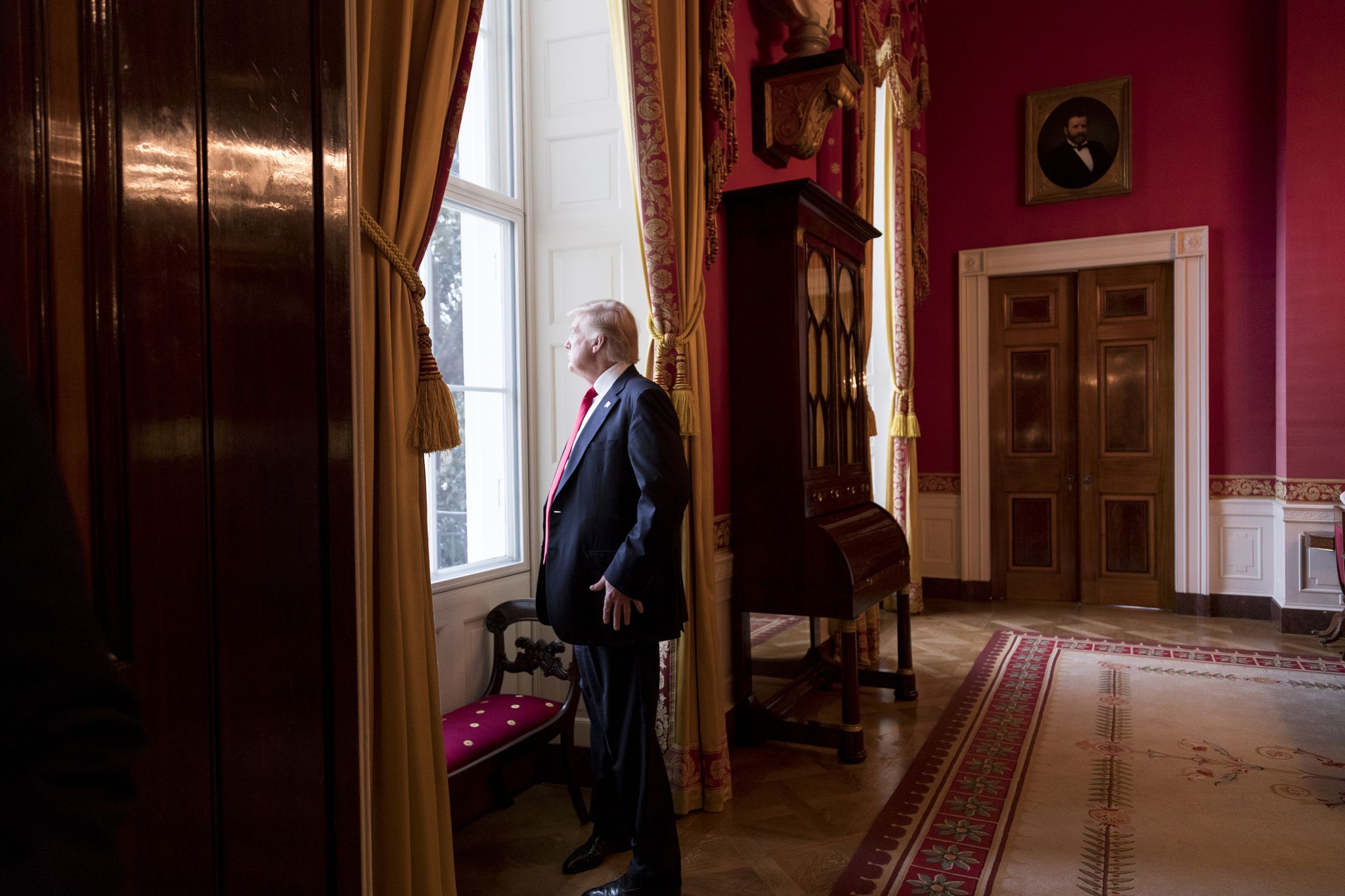
President Trump looks toward the South Lawn of the White House from a window in the Red Room, Jan. 20, 2017, in Washington, D.C.
Did you think it would be a challenge?
"I knew it would be. There are a lot of challenges to this position, from learning a new personality to adjusting to a new environment to allowing the subject to feel comfortable with you enough to gain his trust. Setting up the White House with a new administration is like setting up a small business on steroids—you’re already running behind before you even get there. Then it’s the challenge of new colleagues and teammates who are ultimately on the same mission, but also sorting out their newness and curiosities and understanding the government—the restrictions that come with working for the government are not the same as the real world. You don’t have the same luxuries of bringing your personal cell phone into the West Wing. Simply knowing that everything you’re doing is being documented for history...there are a lot of challenges and pressures of that you just have to take day-by-day."
He has a dynamic personality—and very polarizing.
You’ve set up your photo team differently than any previous administration. Tell us a little bit about that.
"Traditionally, the positions have always divided: one photographer for the first lady, one photographer for the vice president, one photographer designated to the president, then everybody supports around that, but I wanted to do something a little different. My main focus will be the president, but I’ll also share the opportunities with the other photographers. This way the public will also get a variety of images that’s not just one person’s eye. A lot of creativity can come through that way.
Stay In The Know
Get exclusive access to fashion and beauty trends, hot-off-the-press celebrity news, and more.
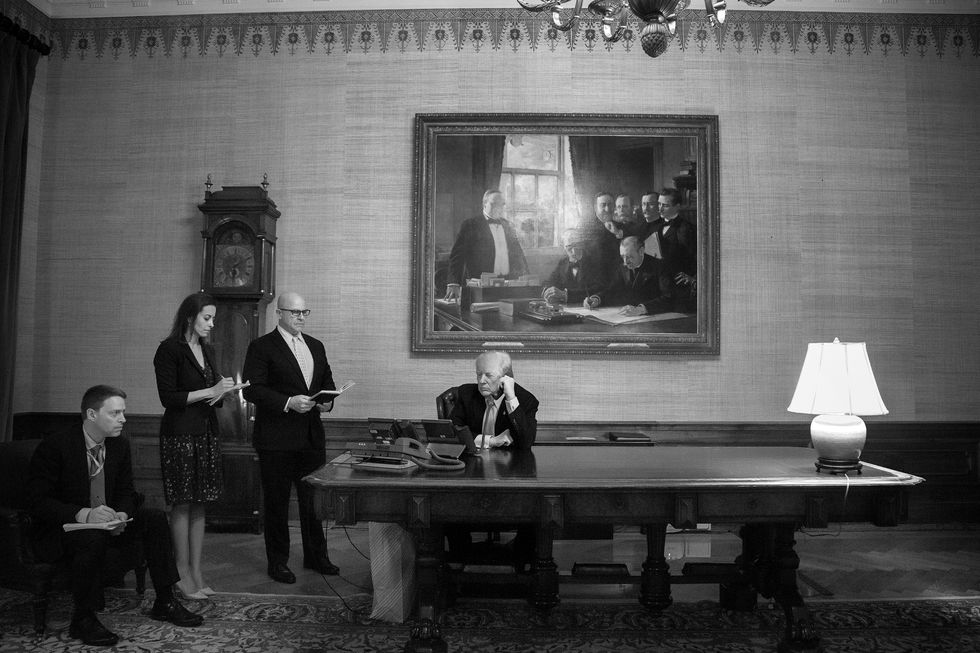
President Trump pictured with White House Senior Staff members while on a conference call concerning a North Korean missile test in the Treaty Room at the White House, July 28, 2017. Meet the women who control our nuclear weapons here.
When choosing a photography team, you have to really look at who your subjects and clients are. Looking at Mrs. Trump and her background in fashion and modeling, I wanted somebody who had a keen understanding of that world, who was also somebody who could communicate with her and understand her needs as a first lady. With the vice president, he’s somebody who is very supportive of the military and members of service—I wanted somebody that could connect and identify with him and share that background with him.
For me, personally, I’m a huge fan of folks who are members of the service and who can bring a different attitude and mindset—who have documentary experience as well as experience serving. This is a one-team, one-mission sort of environment. It’s really important to me to bring on a team of photographers that share that same mentality."
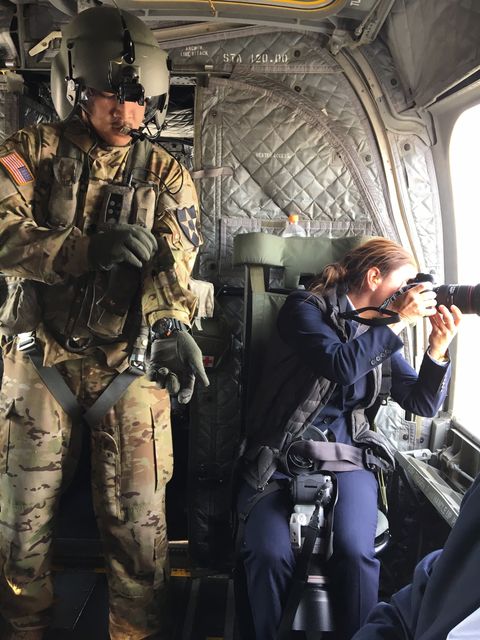
Craighead aboard a helicopter in Hanoi, Vietnam.
How would you compare photographing the first lady to the president?
"They’re totally different—completely different personalities. The two subjects aren’t the same in any way, so you take that into consideration. Their roles are different, personalities different. Completely different folks."
You’re the second female photographer in White House history—Sharon Farmer was the first in 1998. How does that make you feel?
"I’m very honored to be in this spot, that’s for certain. I think that anybody—male or female—in this position, it’s a real honor. Sharon brought great strength to the role. I’m coming in, as well, with experience and knowledge from a previous administration and I’m able to build on that strength. It’s a pretty special position to be in—there’s a small group that have held the position of a chief photographer and I’m just honored to be a part of their team and a part of their history. It’s also an incredible opportunity to work alongside an amazing group of women both in the White House and at the agencies."
Take us through a normal day for you. How often are you spending time inside the White House? How often are you traveling?
"An average day for me will run anywhere from 10 to 15 hours, mostly averaging 12 hours. It starts off with the president’s schedule and it can change at a moment’s notice based on news happening that day. You really have to be über-flexible in this position and curb any expectations you might have for the day. I’ll travel with the president on his official business. There’s always a photographer with the president and the vice president when they’re off-campus (by campus I’m referring to the White House complex). Then there’s really no rhyme or reason to the day...you just have to go with the flow. Anything that’s private in his personal world, I’ll photograph per his request."
Setting up the White House with a new administration is like setting up a small business on steroids.
How would you describe your relationship with the President?
"Oh gosh...we have a lovely relationship. It’s very professional, but also can be quite humorous at times. As a person who is in his world pretty much every day of his life, we can share an exchange of comedy. I can also read when he’s feeling very stressed and tense and sort of adjust my level of visibility around that. It’s a dance, but you have that with any client. He’s friendly for sure, but I’m still working on understanding the day-in and day-out communication role with him and his team. It’s ever-changing."

President Trump talks on the phone in the Oval Office at the White House one week after the January 2017 inauguration.
Your predecessor Pete Souza has really made a name for himself sharing the intimate moments of the Obama White House through his Instagram and now his book. Do you have any plans to make your photographs more public?
"We work closely with the communications team to release photos—we’ve got a Facebook, Instagram, Twitter, and Flickr. We also work with a video team.
We have a lovely relationship. It’s very professional, but also can be quite humorous at times.
These are government property, they’re not personal, so there’s a fine line between sharing on a personal page versus on a government or official social media outlet. The photos are used in a variety of ways through the communications team and the president’s Twitter feed. It’s not about me, so I’m always very cautious to make sure I’m not pushing the photos in a manner that are associated with me on a personal level, but rather associated with the president and the administration on a professional level."
What are you hoping to capture in the second year of Trump’s presidency?
"It’s more so about taking each day and week as it comes. You can find yourself photographing the same things on a daily basis, so the challenge and the excitement for me is coming up with a new angle or a new way to show something that maybe we’ve already seen before. I try to push myself and the team to come up with different ideas.
Also, maybe doing a few more stories promoting awareness for who the team is. Or doing a little bit behind-the-scenes documentary where we’re able to show a little bit...like, 'The day in the life of an executive order,' or something, that can really connect with how the administration is run and show a side that hasn’t been seen before."

President Trump and First Lady Melania Trump participate in ceremonies at the Seoul National Cemetery, Wednesday, November 8, 2017, in Seoul, South Korea.
There's so much speculation in the news about this presidency, but you're in there every day capturing it. What do you wish people knew? What do you hope they learn through your photos?
"I hope they learn that there is a genuine, strong, caring heart from the president. He has America’s and the people’s best interests in mind. He’s a fighter, and it’s really tough to get out of bed every day and continue to just persevere in the face of constant criticism and beratement.
I hope to be able to show more of the personal side of the courage it takes for the president to do his job every day. It’s a tricky job. It’s the toughest job anybody will ever hold, and regardless of party or preference, anybody who steps foot into that Oval Office is going to face the world and be criticized for everything."
When you get to know people as people and not as their title, it really changes the view.
You’ve worked for some of the biggest names in Washington, including Dick Cheney and Laura Bush. How did you get started as a political photographer?
"I started off freelancing with The Boston Globe and the Associated Press. Then in June 2005 I found out they needed a photo editor to work with former Vice President Dick Cheney’s photographer, David Bohrer. I ended up getting that position and about four months into that, Mrs. Bush’s photographer decided not to come back from maternity leave. I submitted my portfolio. There was a whole interview process at the time with the chief photographer, Eric Draper, Chief of Staff Andy Card, Mrs. Bush, and Mrs. Bush’s chief of staff, Anita McBride. It was a lengthy process, but it all turned out well in the end.
Three years later, I got a call Labor Day weekend asking if I would join Sarah Palin’s campaign. It was a tricky decision for me because I loved what I was doing for Mrs. Bush, but I knew it was coming to an end quickly. Per Mrs. Bush and Anita McBride’s guidance they said, 'Absolutely you have to go. If you’ve never done a campaign you have to try it and get one under your belt.' So I took their advice and they said I would have a job either way when I got back. That was the encouragement and blessing I needed. Being Governor Palin’s photographer really propelled me into the next level of political photography."

The President and First Lady kiss goodbye before departing separately from Paris Orly Airport, Thursday, July 13, 2017.
Has political photography always been a passion of yours?
"No, I had no idea there was even such a thing. My mom and I photographed weddings together. My dad, my mom, my family, we owned a photo lab in a small town in Connecticut. I grew up in the industry. That’s probably where I’ve gotten my work ethic—from my parents running a small family business. I was never really interested in politics—I always felt so far removed from it.
For me, it's about the story and the people behind the image. In the our lab it was all about the connection you get from those family photos—the weddings, the fun moments. In my professional training it’s been about having the basic ethic of journalism and showing a photo objectively, so I could share the story with the viewers. The readers would make up their own decision on what was happening. That’s the basis of what I do now. But frankly, I’ve always just wanted to travel and live in hotels. I grew up watching The Love Boat and Fantasy Island. I've kinda got that a little bit now....But that’s always somewhere I thought I would end up—traveling and working in hospitality or something.
Now knowing and seeing people up-close—seeing them as people and not as politicians, really makes a huge difference in how I see politics. When you get to know people as people and not as their title, it really changes the view. I’m here to document history. I’m not looking at somebody’s policy interests. That’s how I’ve always gone about my work—looking at the person first, not at the political figure."
The First Year Through Craighead's Lens




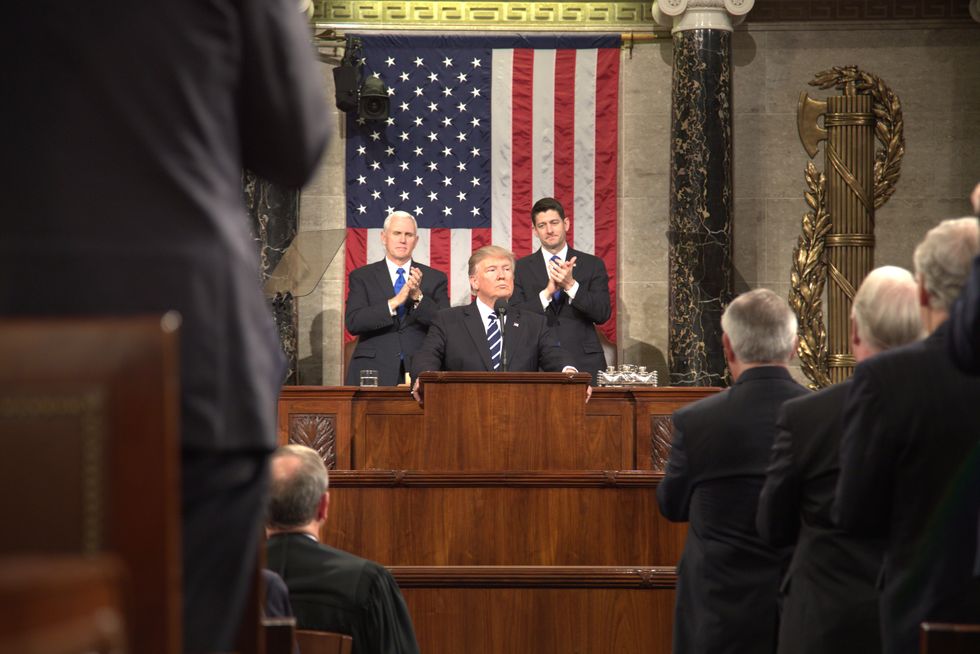

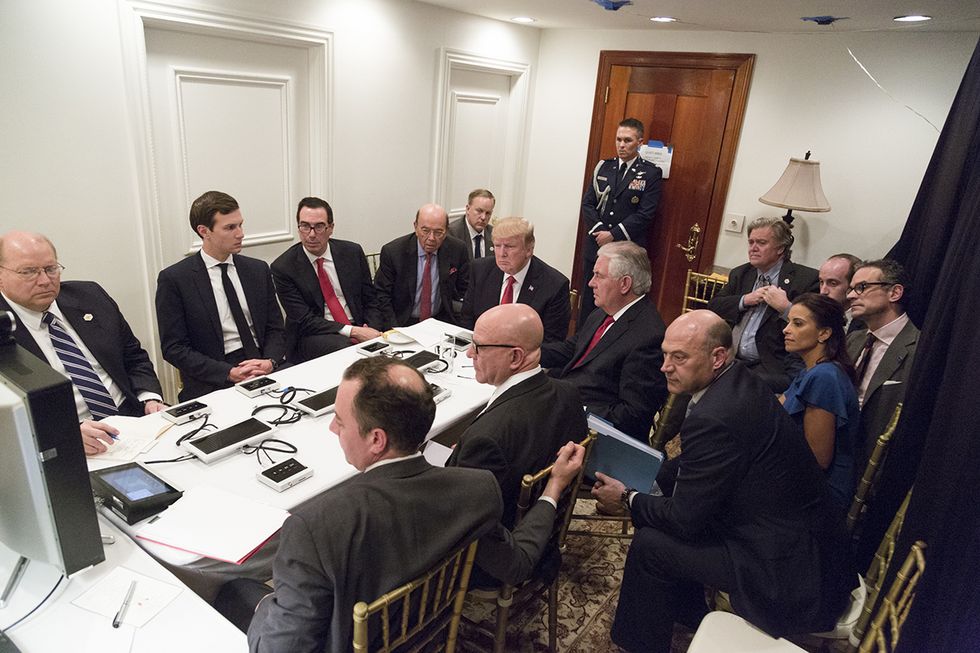
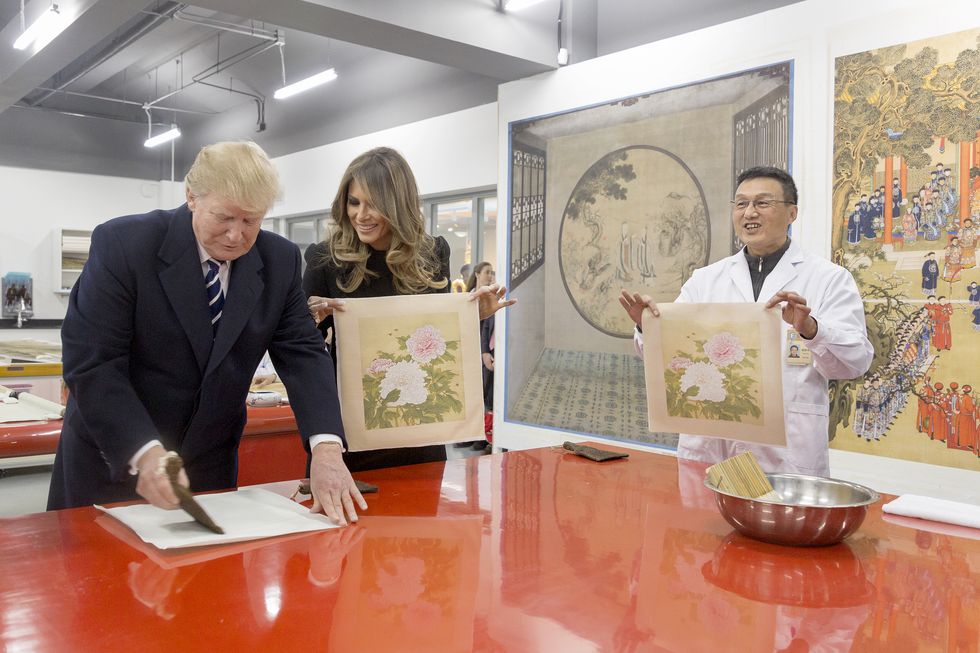
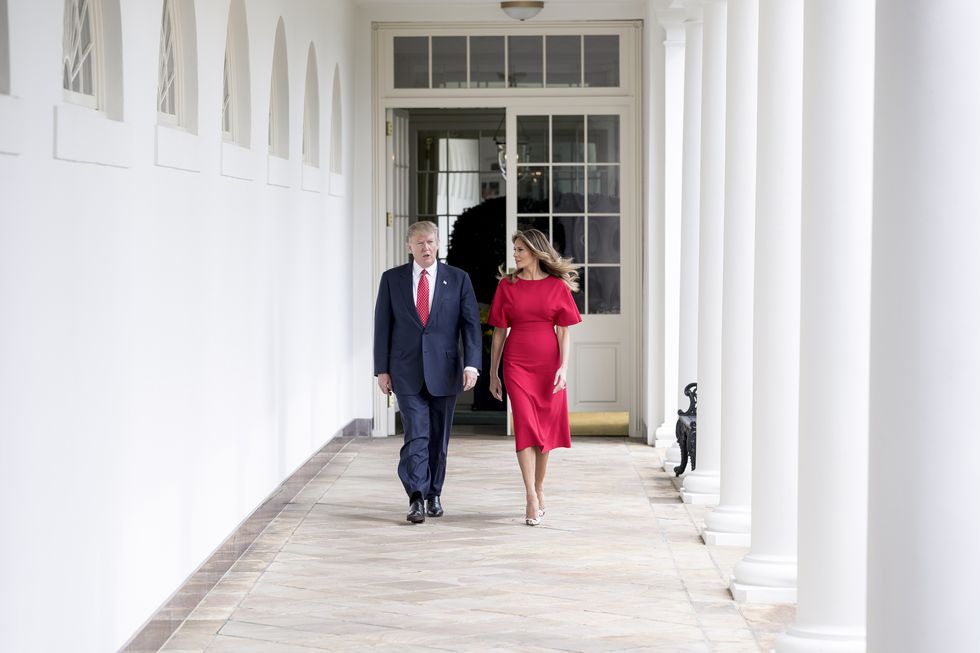
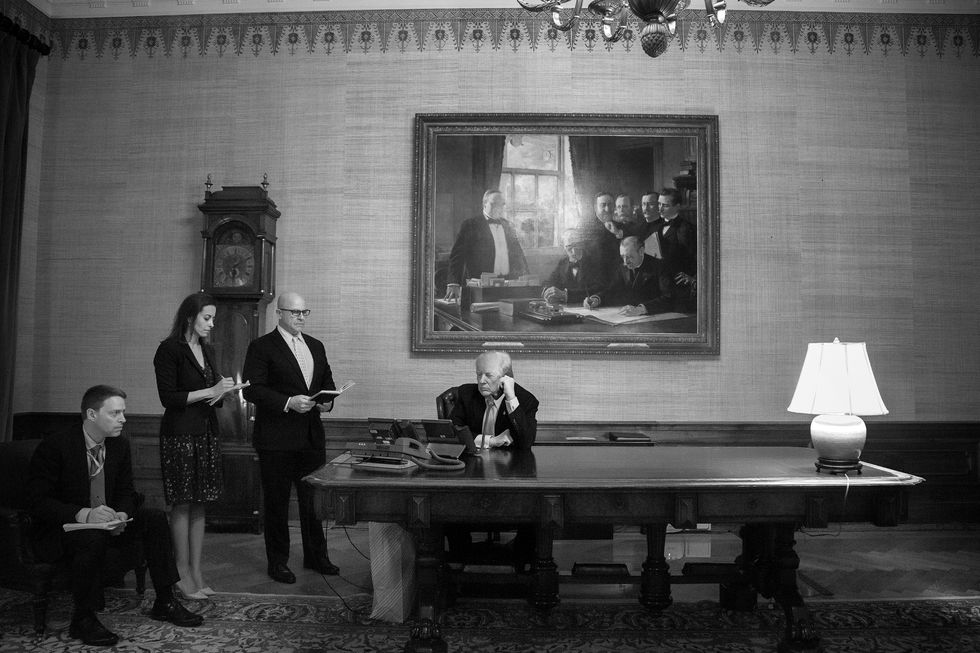
Rachel Epstein is a writer, editor, and content strategist based in New York City. Most recently, she was the Managing Editor at Coveteur, where she oversaw the site’s day-to-day editorial operations. Previously, she was an editor at Marie Claire, where she wrote and edited culture, politics, and lifestyle stories ranging from op-eds to profiles to ambitious packages. She also launched and managed the site’s virtual book club, #ReadWithMC. Offline, she’s likely watching a Heat game or finding a new coffee shop.
-
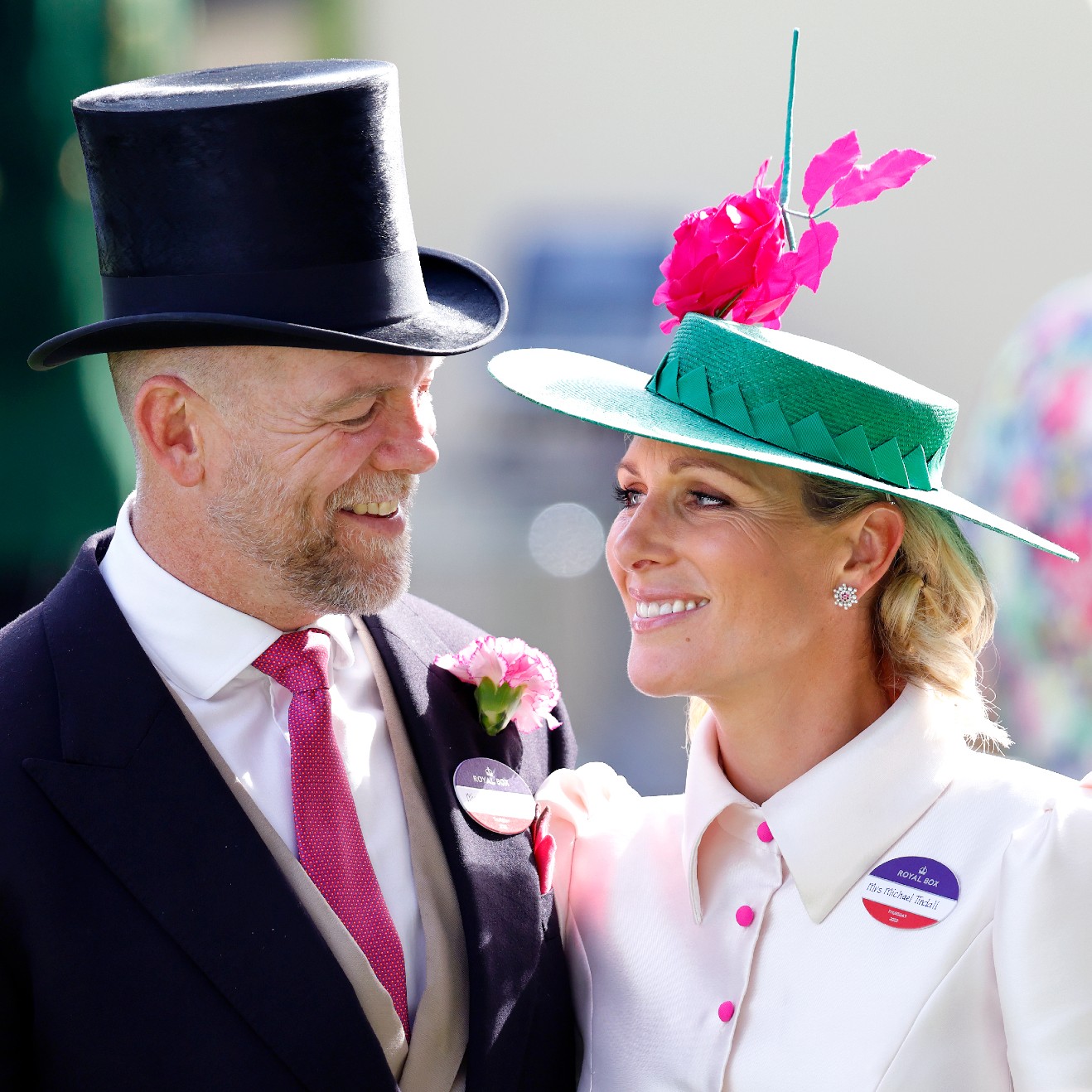 Princess Anne's Unexpected Suggestion About Mike Tindall's Nose
Princess Anne's Unexpected Suggestion About Mike Tindall's Nose"Princess Anne asked me if I'd have the surgery."
By Amy Mackelden Published
-
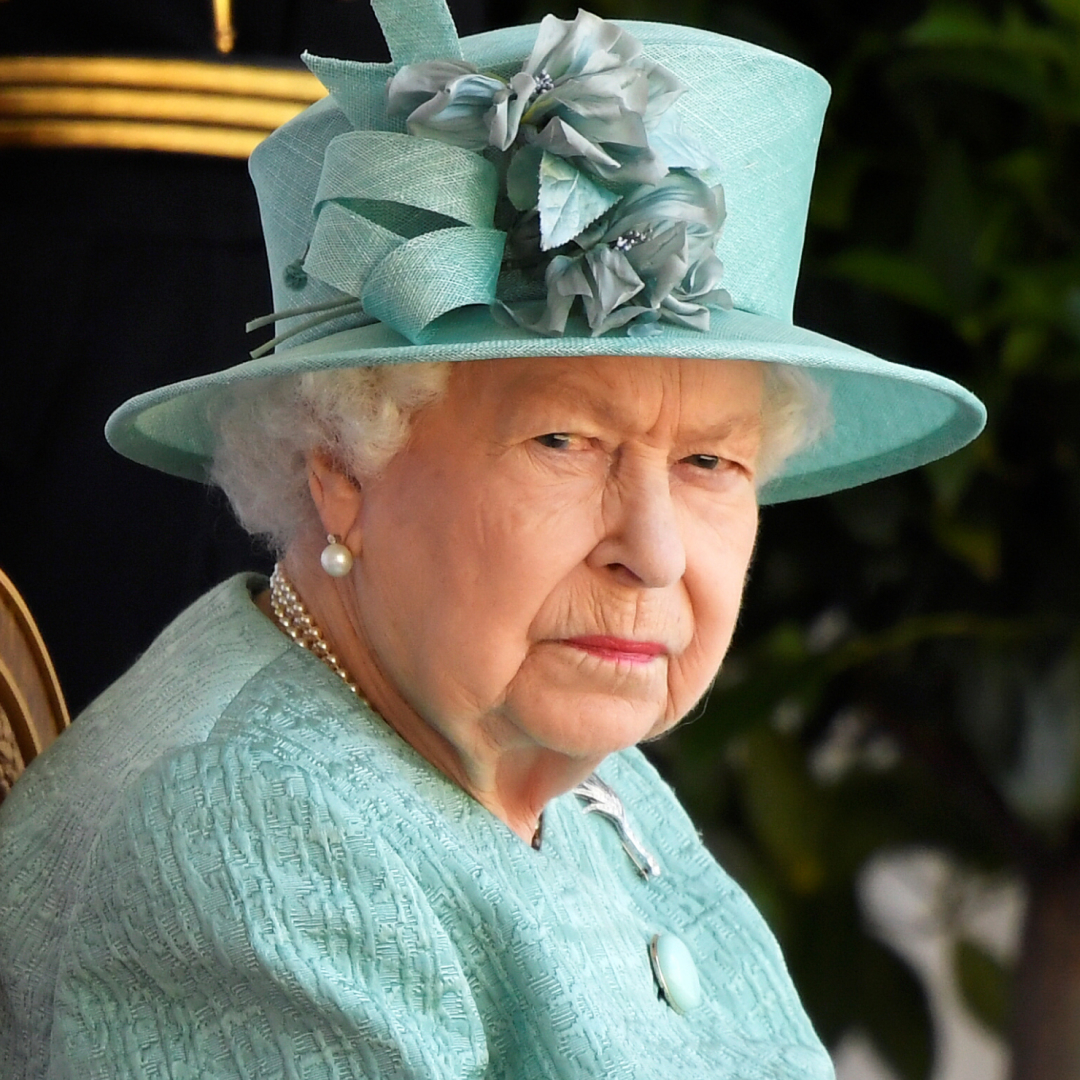 Queen Elizabeth's "Disapproving" Royal Wedding Comment
Queen Elizabeth's "Disapproving" Royal Wedding CommentShe reportedly had lots of nice things to say, too.
By Amy Mackelden Published
-
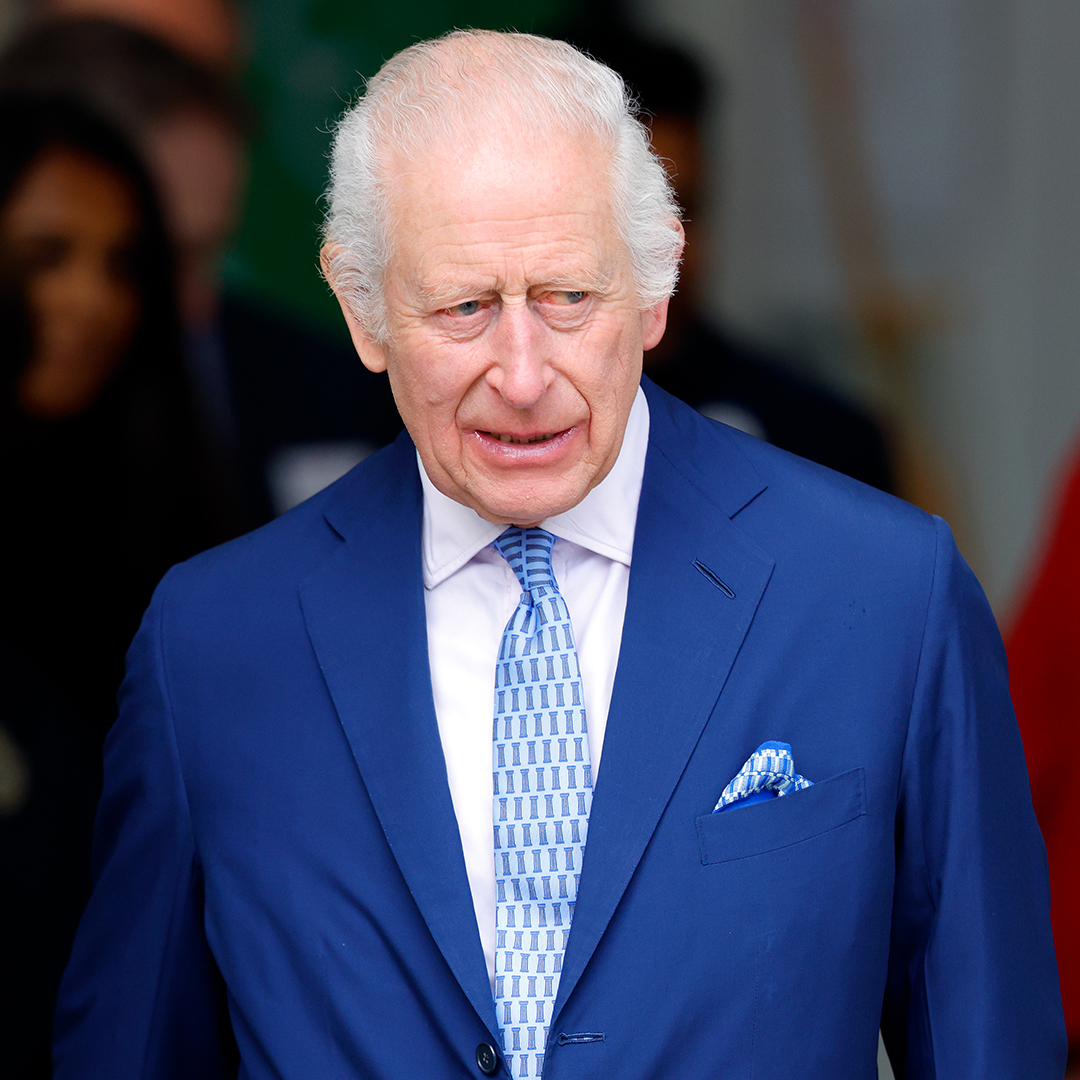 Palace Employees "Tried" to Get King Charles to "Slow Down"
Palace Employees "Tried" to Get King Charles to "Slow Down""Now he wants to do more and more and more. That's the problem."
By Amy Mackelden Published
-
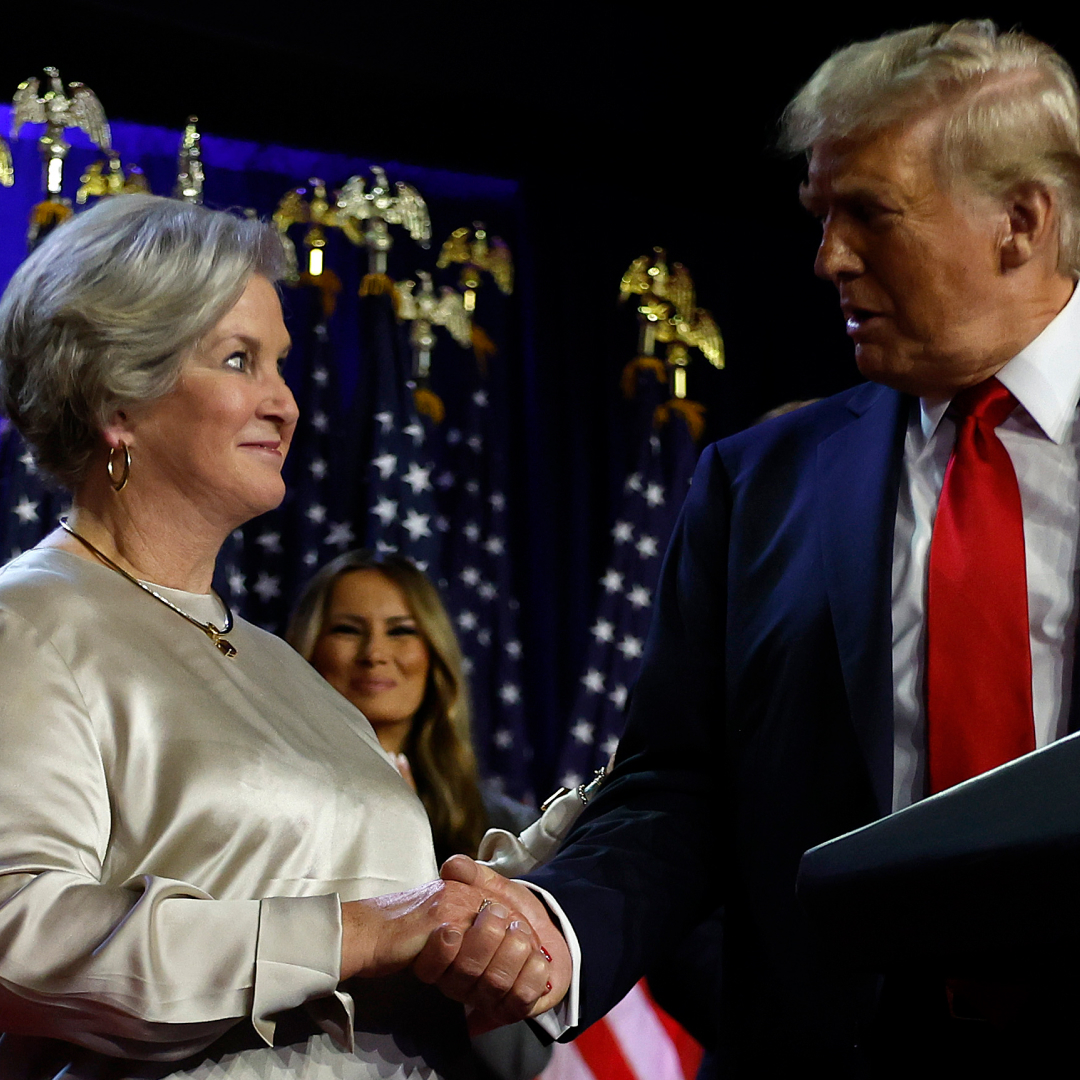 Who is Susie Wiles? President-Elect Donald Trump Names His White House Chief of Staff
Who is Susie Wiles? President-Elect Donald Trump Names His White House Chief of StaffThe political consultant helped the former president run his successful 2024 campaign.
By Danielle Campoamor Published
-
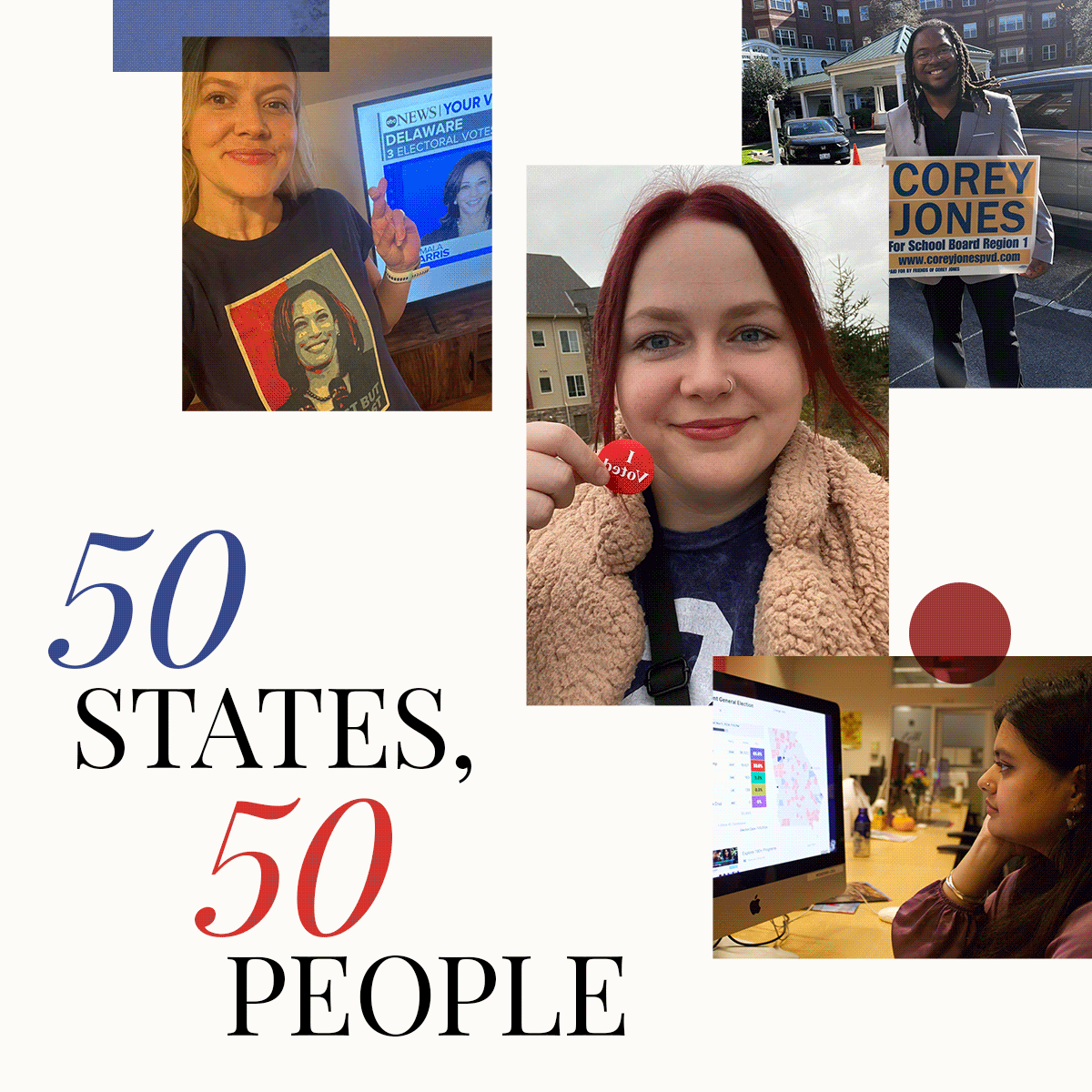 A Nationwide Reaction to the 2024 Election
A Nationwide Reaction to the 2024 ElectionHow are people feeling in this moment? Marie Claire spoke to folks across the country to find out what they were thinking as they cast their votes and waited to hear the results.
By The Editors Published
-
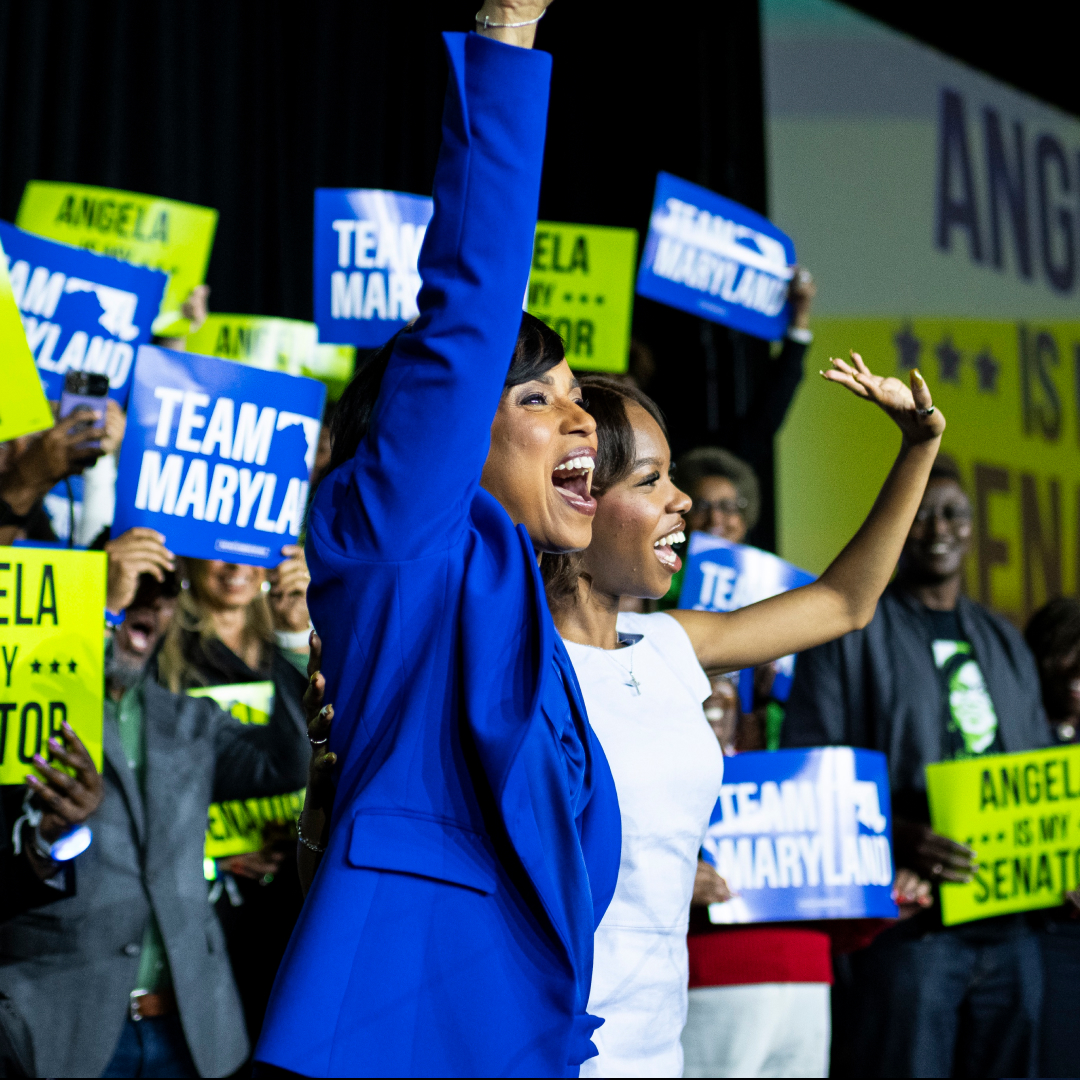 The Historic Election Victories Worth Celebrating
The Historic Election Victories Worth CelebratingIncluding momentous firsts, abortion protections, and New York's "Equal Rights Amendment."
By Iris Goldsztajn Published
-
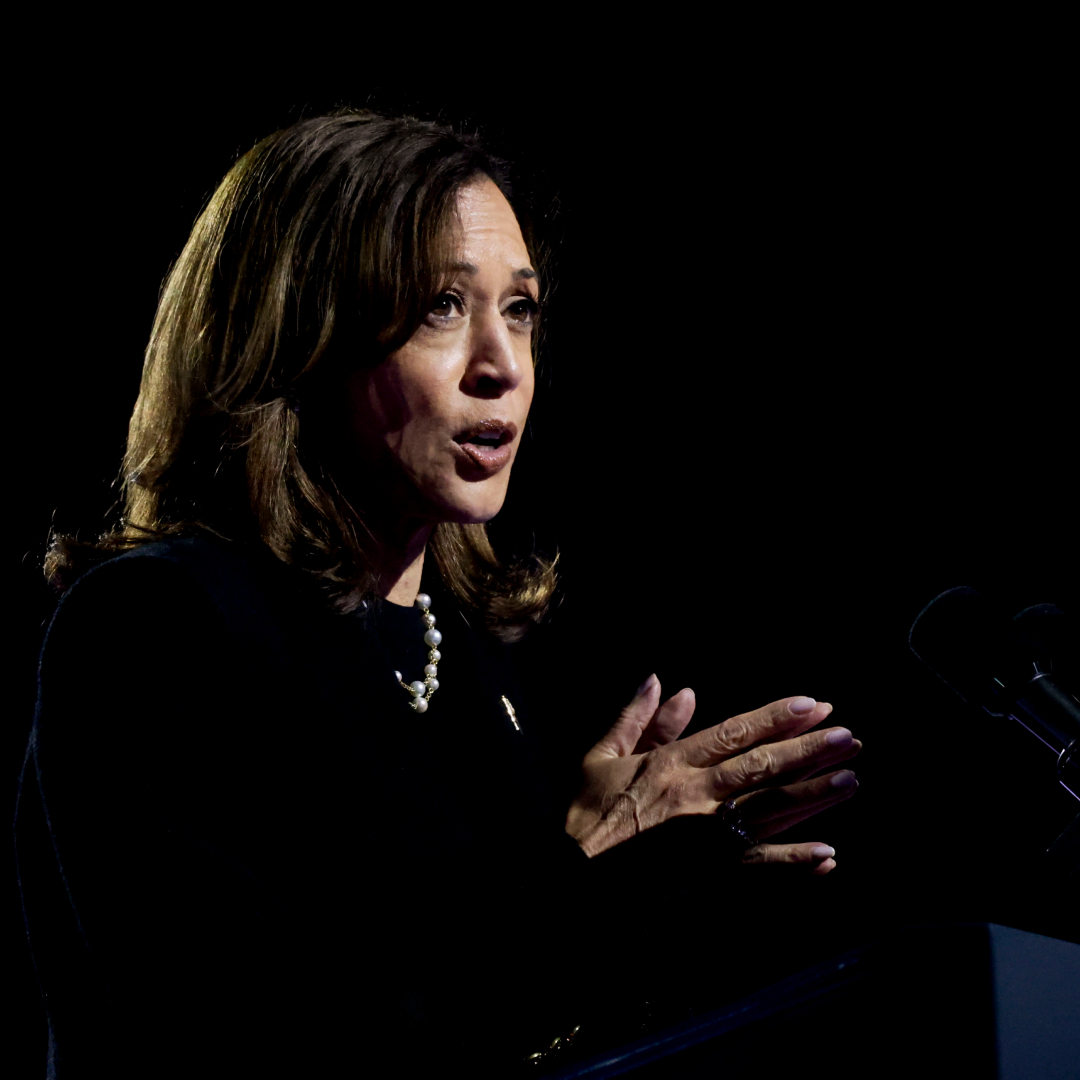 Kamala Harris Has Lost the 2024 Presidential Election
Kamala Harris Has Lost the 2024 Presidential ElectionIt's official.
By Jenny Hollander Published
-
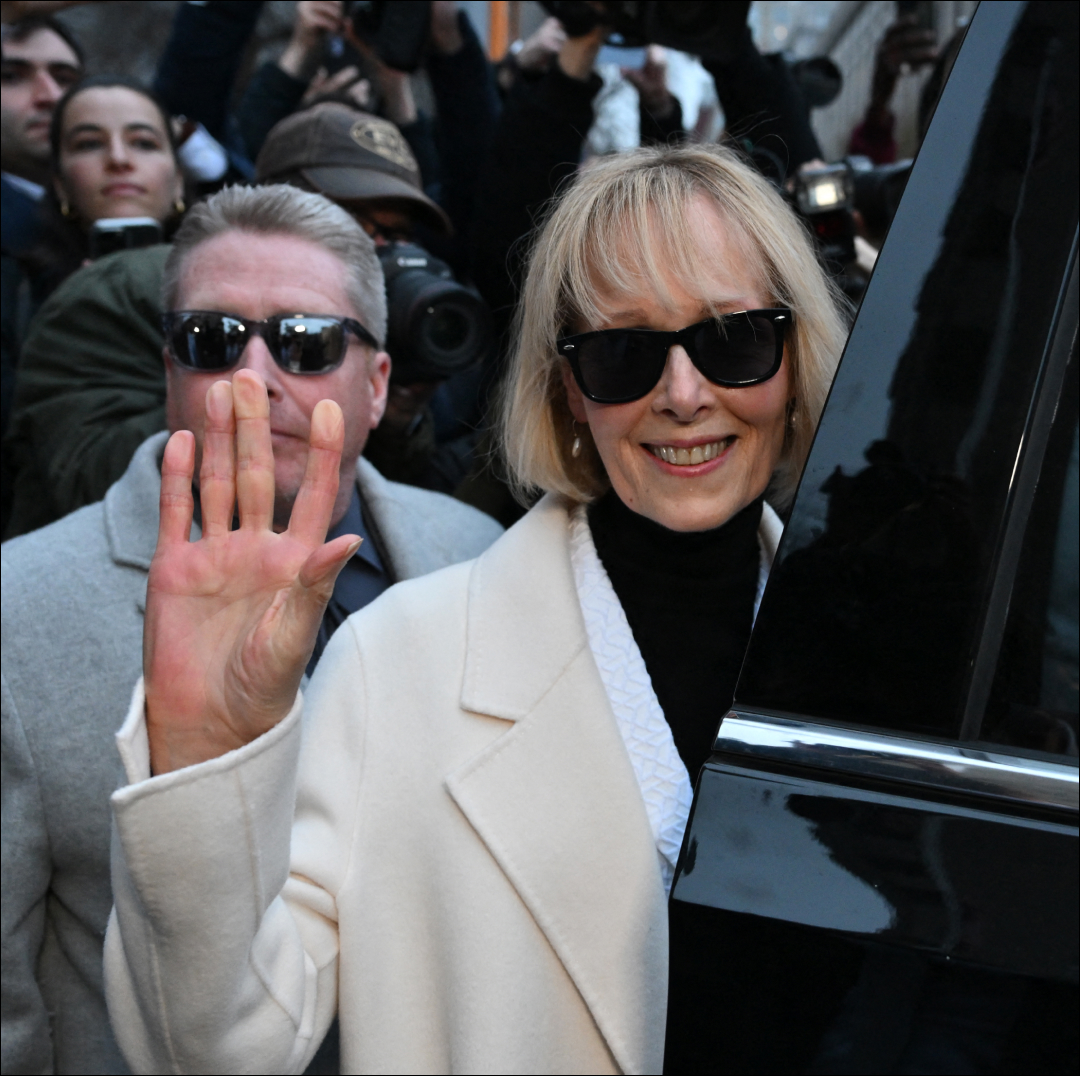 Donald Trump Is Ordered to Pay E. Jean Carroll $83.3 Million in Damages
Donald Trump Is Ordered to Pay E. Jean Carroll $83.3 Million in DamagesCarroll had filed two defamation suits against the former president.
By Gabrielle Ulubay Published
-
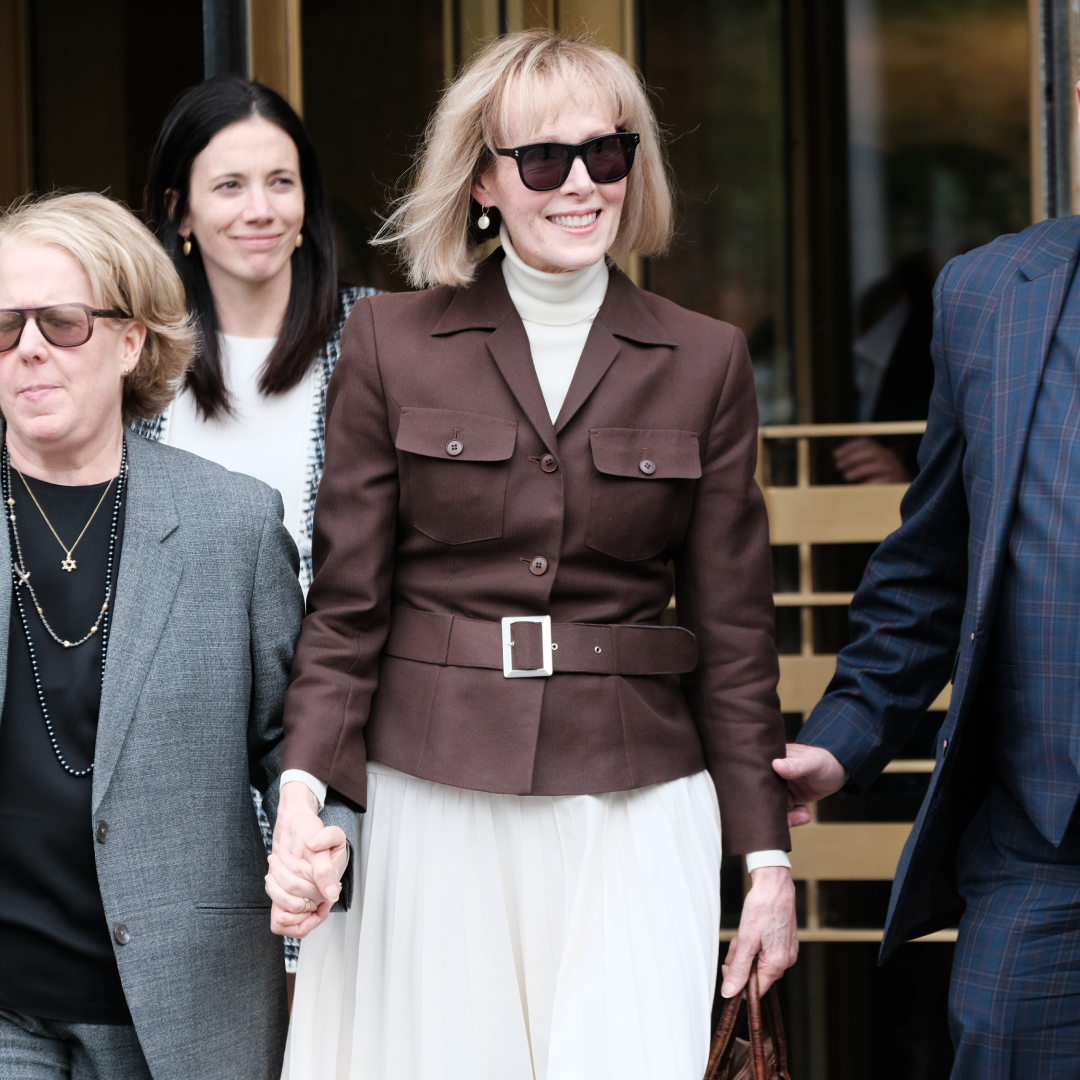 E. Jean Carroll Triumphs Over Donald Trump In Civil Suit
E. Jean Carroll Triumphs Over Donald Trump In Civil SuitA jury found him liable for sexual abuse and defamation.
By Gabrielle Ulubay Published
-
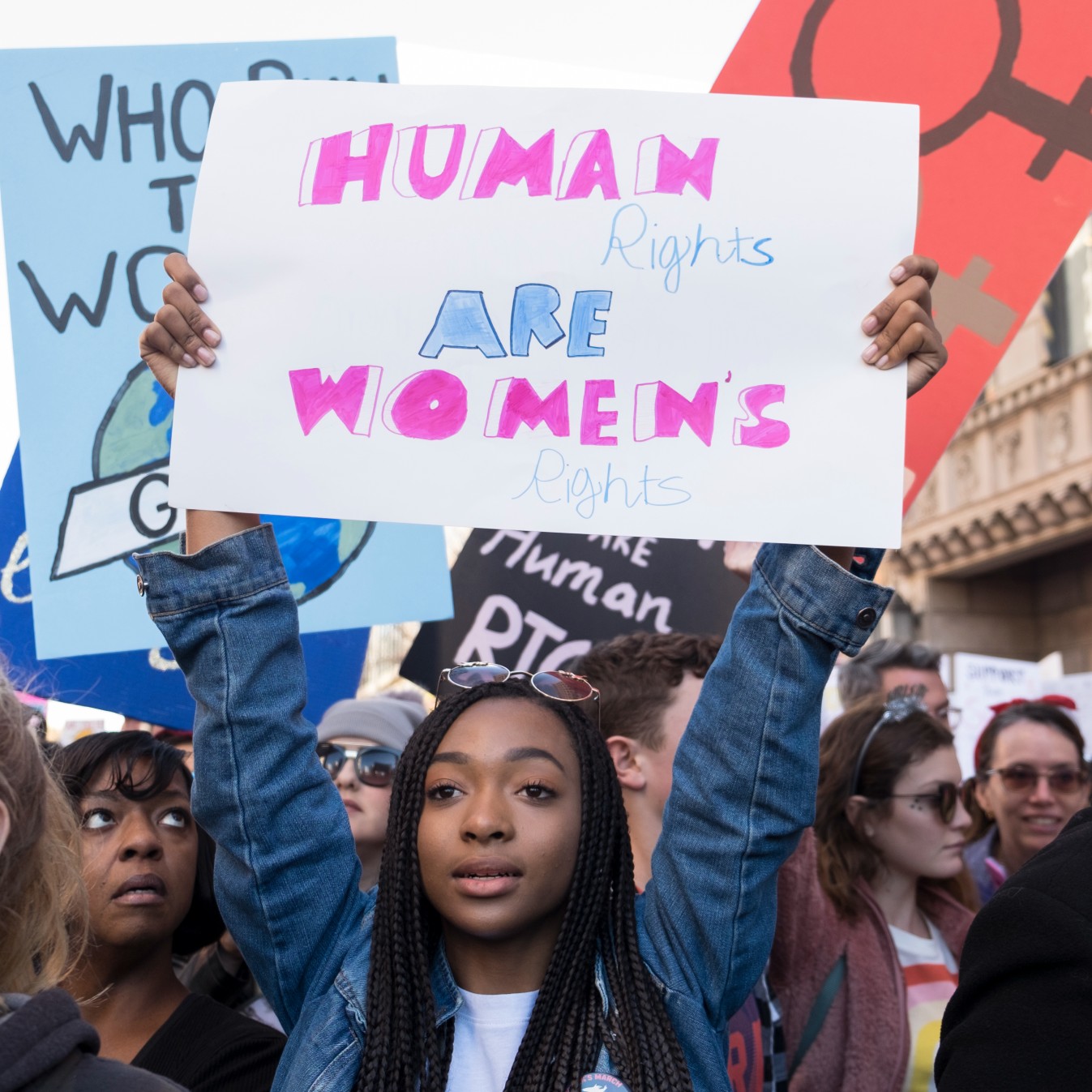 36 Ways Women Still Aren't Equal to Men
36 Ways Women Still Aren't Equal to MenFeatures It's just one of the many ways women still aren't equal to men.
By Brooke Knappenberger Last updated
-
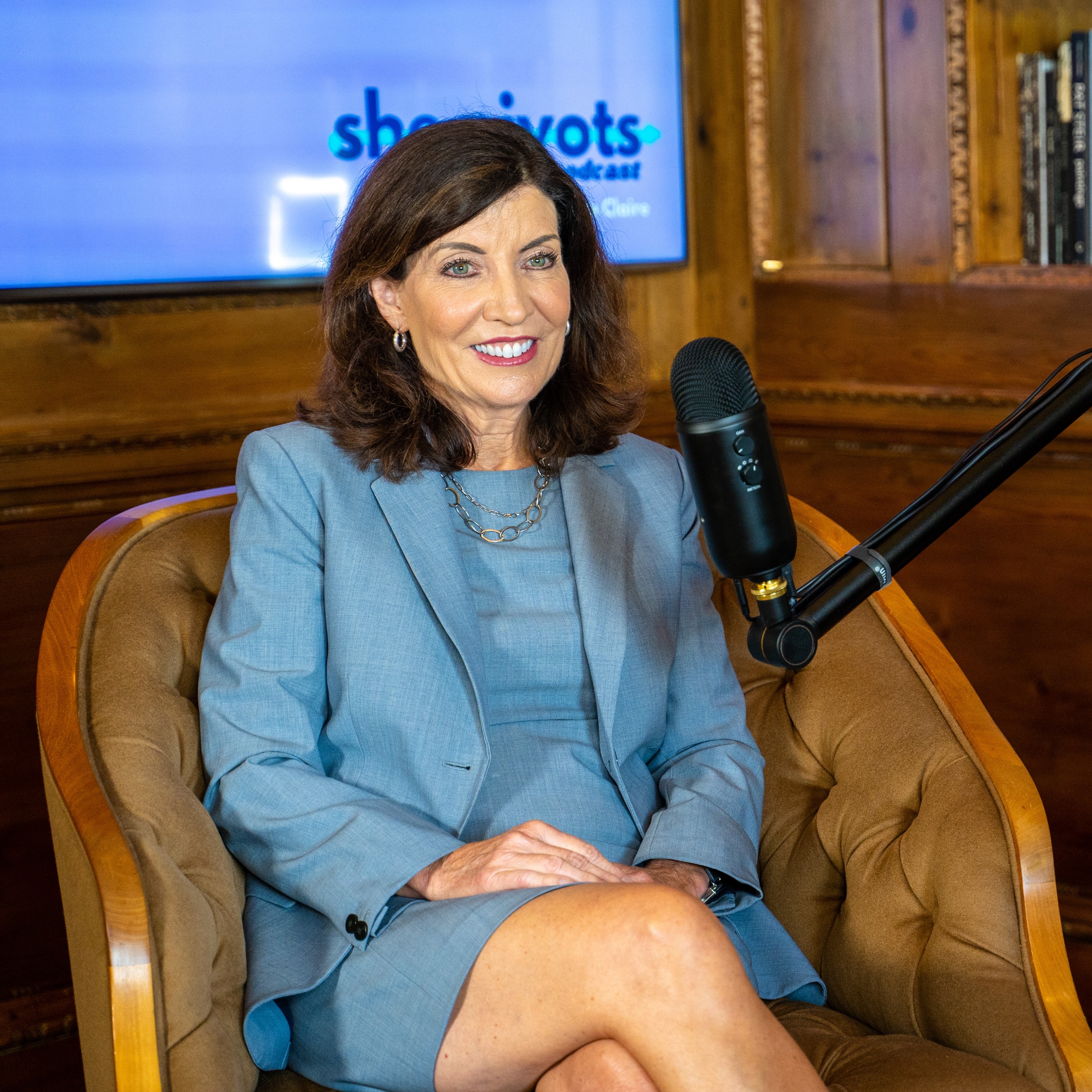 How New York's First Female Governor Plans to Fight for Women If Reelected
How New York's First Female Governor Plans to Fight for Women If ReelectedKathy Hochul twice came to power because men resigned amid sexual harassment scandals. Here, how she's leading differently.
By Emily Tisch Sussman Last updated